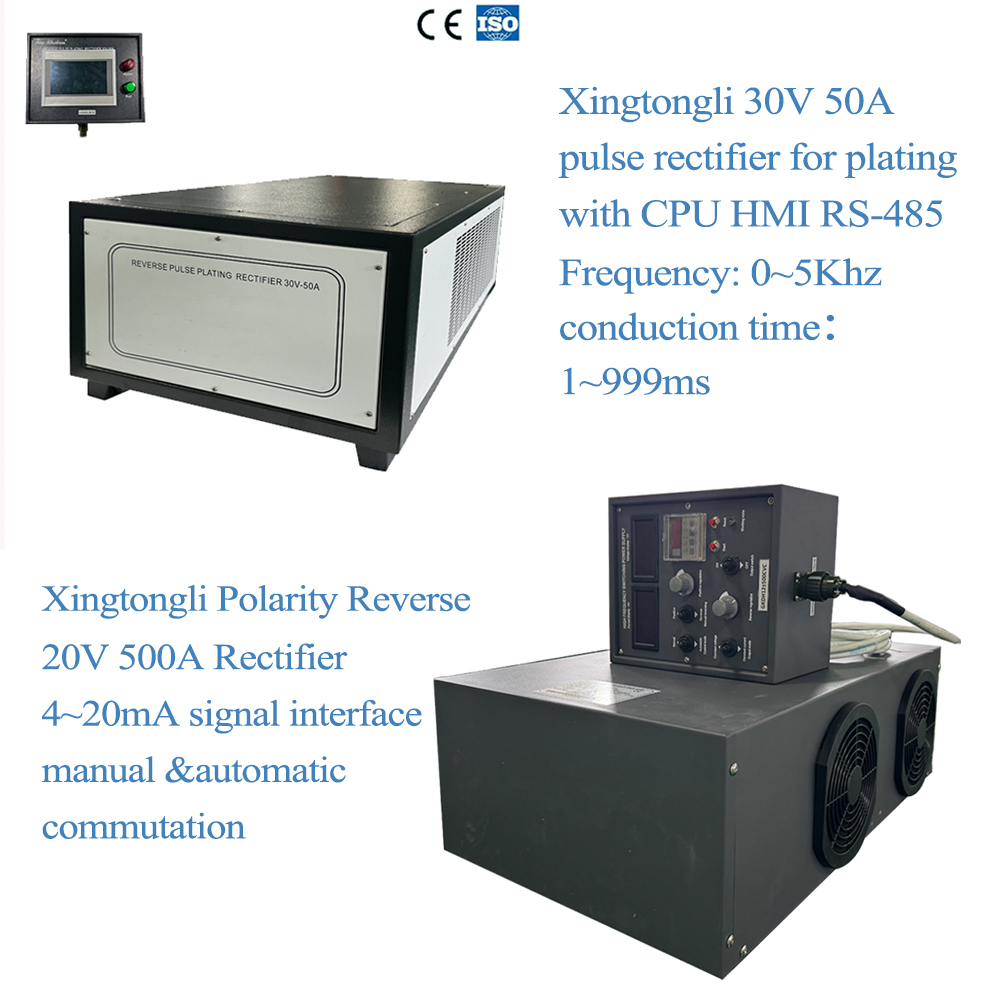Key Differences and Applications
Rectifiers are essential components in various electronic circuits and power supply systems. They convert alternating current (AC) to direct current (DC), providing the necessary power for many devices and applications. Among the different types of rectifiers, pulse rectifiers and polarity reverse rectifiers are notable for their unique characteristics and applications. This article delves into the distinctions between these two types of rectifiers, their working principles, advantages, disadvantages, and applications.
Pulse rectifiers, also known as pulsed rectifiers or controlled rectifiers, are devices that convert AC to DC by utilizing controlled semiconductor devices like thyristors or silicon-controlled rectifiers (SCRs). These rectifiers are commonly used in applications requiring precise control over the output voltage and current.
Working Principle
The operation of a pulse rectifier involves controlling the phase angle of the input AC voltage. By adjusting the triggering angle of the SCRs, the output DC voltage can be regulated. When the SCR is triggered, it allows current to pass through until the AC cycle reaches zero, at which point the SCR turns off. This process repeats for each half-cycle of the AC input, producing a pulsating DC output.
Advantages
Precise Control: Pulse rectifiers provide excellent control over the output voltage and current, making them ideal for applications requiring adjustable DC output.
High Efficiency: These rectifiers are highly efficient, as they minimize power loss during conversion.
Flexibility: Pulse rectifiers can handle varying loads and are suitable for different types of AC inputs.
Disadvantages
Complexity: The circuitry of pulse rectifiers is more complex than that of simple rectifiers, requiring additional components for triggering and control.
Cost: Due to the use of controlled semiconductor devices and additional control circuits, pulse rectifiers are generally more expensive.
Applications
Pulse rectifiers are widely used in industrial applications, including:
1. Variable Speed Drives: For controlling the speed of AC motors.
2. Power Supplies: In regulated power supplies for electronic devices.
3. Welding: In welding equipment where precise control of the output current is essential.
4. HVDC Transmission: In high-voltage direct current (HVDC) transmission systems for efficient
Polarity Reverse Rectifiers
Polarity reverse rectifiers, also known as reverse polarity protection rectifiers or reverse voltage protection rectifiers, are designed to protect circuits from damage caused by incorrect polarity connections. They ensure that the circuit operates correctly even if the power supply's polarity is reversed.
Working Principle
The primary component of a polarity reverse rectifier is a diode or a combination of diodes. When connected in series with the power supply, the diode allows current to flow only in the correct direction. If the polarity is reversed, the diode blocks the current, preventing damage to the circuit.
In more advanced designs, MOSFETs (metal-oxide-semiconductor field-effect transistors) are used to provide low forward voltage drop and higher efficiency compared to diodes. These MOSFET-based rectifiers automatically adjust to the correct polarity and ensure the proper operation of the circuit.
Advantages
Circuit Protection: Polarity reverse rectifiers effectively protect sensitive electronic components from damage due to incorrect polarity connections.
Simplicity: The design is relatively simple and can be easily integrated into existing circuits.
Cost-Effective: Diode-based polarity reverse rectifiers are inexpensive and readily available.
Disadvantages
Voltage Drop: Diode-based rectifiers introduce a forward voltage drop, which can reduce the overall efficiency of the circuit.
Limited Control: These rectifiers do not provide control over the output voltage or current, as their primary function is protection.
Applications
Polarity reverse rectifiers are used in a variety of applications where protection against reverse polarity is critical, including:
1. Consumer Electronics: In devices like smartphones, laptops, and other portable electronics to prevent damage from incorrect power supply connections.
2. Automotive: In automotive electronics to protect circuits from reverse battery connections.
3. Solar Power Systems: To ensure proper operation of solar panels and prevent damage from reverse polarity.
4. Battery Chargers: To safeguard charging circuits from incorrect battery connections.
Key Differences
While both pulse rectifiers and polarity reverse rectifiers play crucial roles in electronic systems, their functions and applications differ significantly.
Function: Pulse rectifiers focus on converting AC to DC with precise control over the output, whereas polarity reverse rectifiers are designed to protect circuits from damage due to incorrect polarity connections.
Components: Pulse rectifiers use controlled semiconductor devices like SCRs, while polarity reverse rectifiers typically use diodes or MOSFETs.
Complexity: Pulse rectifiers are more complex and require additional control circuitry, whereas polarity reverse rectifiers have a simpler design.
Applications: Pulse rectifiers are used in industrial and high-power applications, while polarity reverse rectifiers are commonly found in consumer electronics, automotive, and solar power systems.
Conclusion
Pulse rectifiers and polarity reverse rectifiers are essential components in modern electronic systems, each serving distinct purposes. Pulse rectifiers offer precise control and efficiency in AC to DC conversion, making them suitable for industrial applications. In contrast, polarity reverse rectifiers provide critical protection against incorrect polarity connections, ensuring the safety and reliability of various electronic devices and systems. Understanding the differences between these rectifiers helps in selecting the right component for specific applications, ultimately enhancing the performance and longevity of electronic circuits.

Media Contact
Company Name: Chengdu Xingtongli Power Supply Equipment Co., Ltd.
Email: Send Email
Country: China
Website: https://www.cdxtlpower.com/













